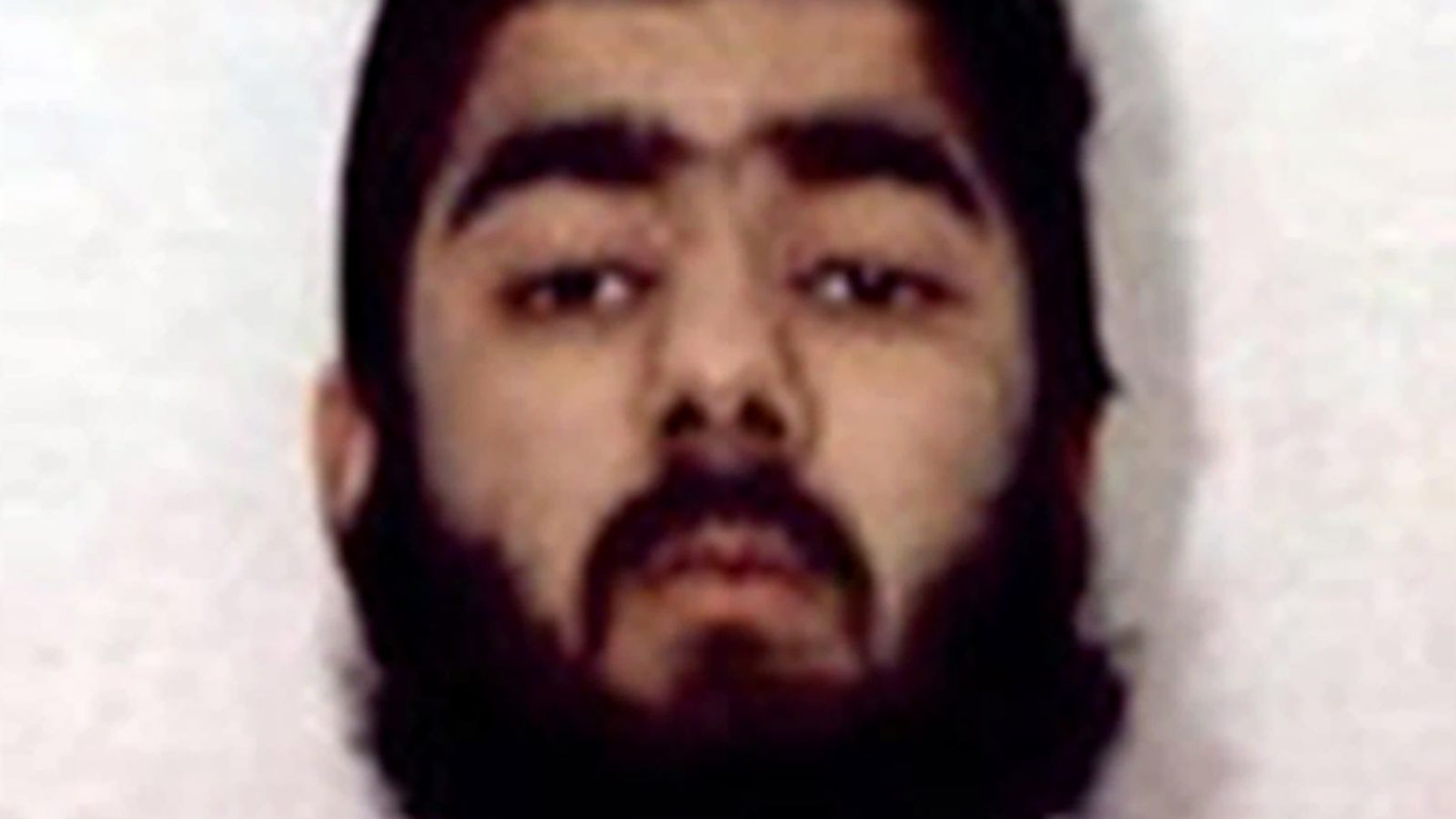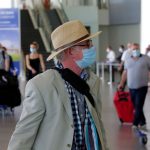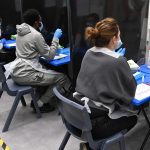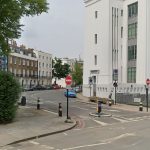London Bridge terrorist Usman Khan was hit by 12 separate shots from police, two of them potentially fatal, the inquest into his death has heard.
A narwhal tusk brandished by one of the former inmates who tackled him nearly killed him when it narrowly missed the carotid artery in his neck, pathologist Dr Ashley Fegan-Earl told the inquest.
But none of the firearms officers who took a “critical shot” at Khan’s head had resulted in a fatal wound and eight shots missed altogether.
Khan stabbed Jack Merritt, 25, and Saskia Jones, 23, who were working at the Cambridge University prisoner rehabilitation event at Fishmongers’ Hall, before forcing his way out on to London Bridge, wearing a fake suicide vest.
He was tackled by Darryn Frost, a prison service worker, using a narwhal tusk, John Crilly, a former prisoner, with a fire extinguisher, and Steve Gallant, who brought him to the ground.
Khan was then shot twice at close range when an officer believed he was wearing a real suicide belt, and another 20 rounds were fired eight minutes later by five different officers from around 40 yards when Khan sat up.
The most serious wound was to the upper left arm and left side of the chest, which fractured the second rib, passed through the left lung and ended in the thoracic aorta, the largest blood vessel in the body.
The wound would have caused “significant” internal bleeding and the pathologist said he would expect “relatively rapid collapse to occur”.
A second wound to the right side of Khan’s abdomen passed through both kidneys and hit the lumbar spine, causing “substantial blood loss”.
Dr Fegan-Earl, a consultant forensic pathologist, said: “Both of those injuries would have the potential to be independently fatal.
“Within general terms there were multiple gunshot wounds, consistent with multiple firers from different positions.”
The cause of death was given as “1a shock and haemorrhage due to 1b multiple gunshot wounds to the chest and abdomen.”
There was also a gunshot wound to the face which had entered through the right side of his nose and exited through his left cheek, he said.
CCTV footage showed Khan wiping his face with his left hand and looking at the blood.
Dr Fegan-Earl added that “death in this case was due to gunshot wounds and not related to any injuries caused by those members of the public who engaged him”.
However, he also described two injuries from “sharp force trauma” to the neck, one just below the windpipe and the other “extremely close” to the jugular vein and carotid artery.
Dr Fegan-Earl said the injury “suggests a pointed implement with a rounded or rough profile”.
“Knowing the potential weapon to be used, I would say, absolutely uniquely, this is an injury caused by penetration by a narwhal tusk,” he added.
Jonathan Hough QC, for the coroner, asked: “If it had been slightly to one side and struck the carotid sheath, it could be devastating and potentially fatal?”
“Yes, it would have had the potential for an independently fatal injury,” Dr Fegan-Earl replied.
There were also injuries to Khan’s abdomen from where he appeared to have been stabbed with a boarding pike taken from the wall of the hall used by Lukasz Koczocik, a porter.
Other wounds included a gash to Khan’s head from a chair that was brought down on top of him inside Fishmongers’ Hall by John Crilly.
His hands were substantially bruised where the individuals who tackled him stamped on them to force the knives from his grip and used the base of a fire extinguisher.
Khan, who was 5ft 8in tall and weighed 12 stone, had also dislocated a shoulder in the struggle.
His body hair had been shaved as a ritual cleansing for martyrdom, the inquest was told.
There was no evidence of use of anabolic steroids.
Samples taken of hair suggested the occasional use of cocaine over the eight to 12 months before his death and possible exposure to heroin, “for example in an environment where heroin was being smoked”, Dr Fegan-Earl said.
The inquest continues.






















